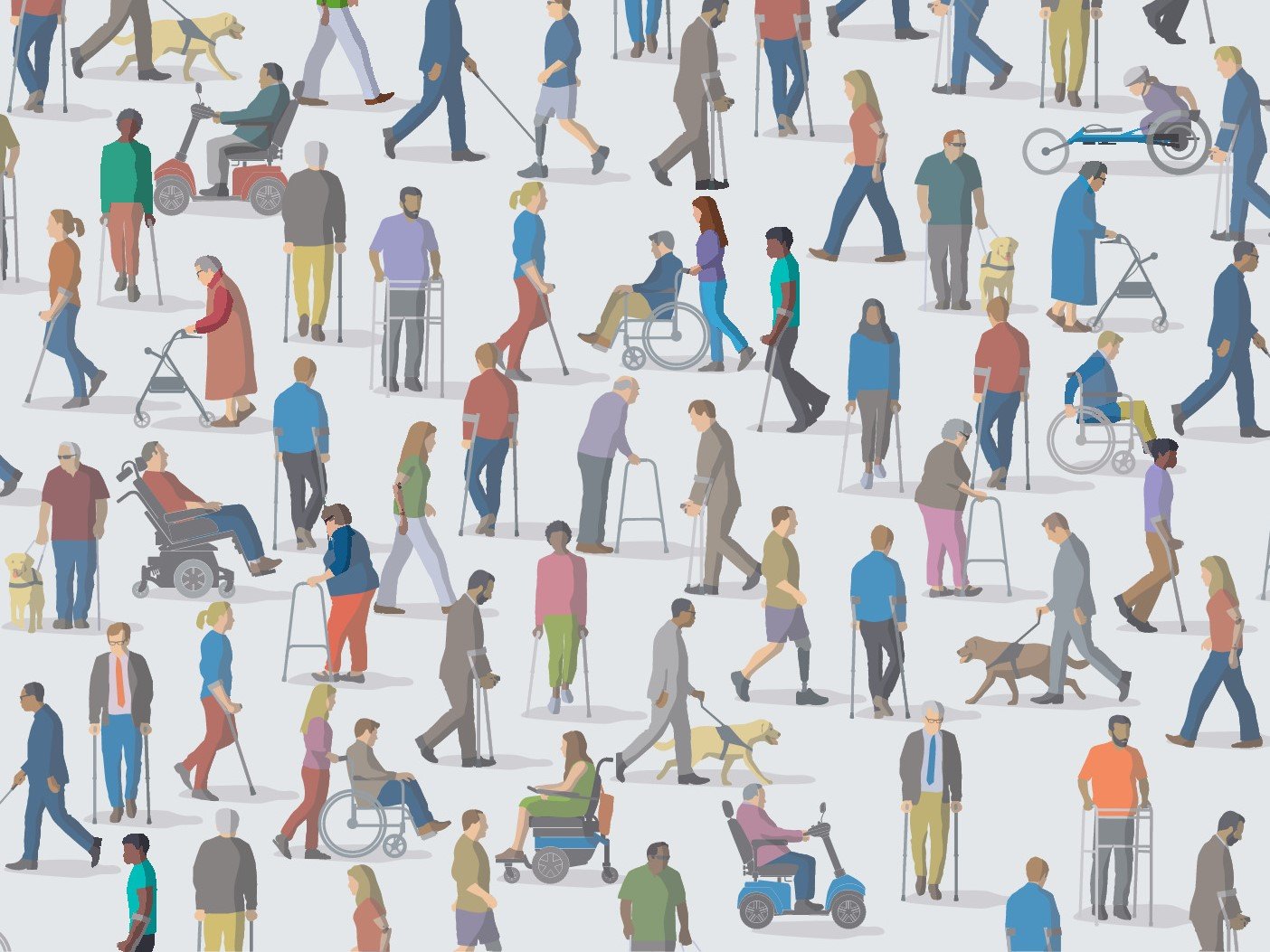
After coming out to a high school acquaintance about my non-apparent disability, he said, “People like you exist to make other people feel better about themselves.”
Shocked as I was, he wasn’t the first to respond with such condescension. I considered how often people are exposed to feel-good stories where disabled kids’ wishes come true (aww!) or teens are asked to the prom (gasp!).
This type of journalism trains readers to view disabled people as different, less than, or worse-yet, unworthy of living life like everyone else. Reporters need to remember that disabilities do not exist to inspire, warm hearts or make others feel better about their own flaws.
As diversity, equity and inclusion gain more traction, articles are finally being written on topics like the injustices faced by people with disabilities and the ways disabled people are propelling society to be more inclusive. News outlets are being challenged to find new perspectives in storytelling, and those angles are now coming from disabled people themselves.
If you’re a journalist who is interested in this space, here are some important things to remember.
- If the person you’re writing about is disabled, but their disability has nothing to do with the story, don’t mention it unless they want you to.
- If they choose to disclose their disability, ask your subject how they want you to refer to them. If, for example, they cannot hear, do they prefer being called a Deaf person or a person who is deaf. Some people prefer identity-first language over person-first language.
- Ask yourself questions like: Is the person’s disability relevant to this particular story? Is living with disability — or “overcoming disability” — being used as the basis for inspiration in the story? Is the story perpetuating negative stereotypes about disability?
- Stop using demeaning language like “handicapped,” “special needs,” “wheelchair bound” and “differently abled.” Also, don’t refer to nondisabled people or the things they do as “normal.”
Visit the Disability Language Style Guide by the National Center on Disability and Journalism for more advice on proper language use.
If you’re eager to interview people with disabilities, NCDJ also has a resource called “Tips for interviewing people with disabilities.” You can ask all of your future interviewees if they need an accommodation, such as an interpreter or accessible doors. There’s kindness in inclusion. One shouldn’t determine whether a person is disabled based on appearance alone.
Remember, disabled people are people. There’s no need to be emotional about it. When in doubt, imagine what life might be like for them and treat them as you would want to be treated. Respect and consideration will help you in any situation.
Whether your subject has received a medical diagnosis, lives with a visible or invisible physical challenge, or has a psychiatric diagnosis, remember we are all human beings having a human experience.
Disability isn’t a bad word. You can say it — just make sure the person you’re reporting on wants you to say it.



